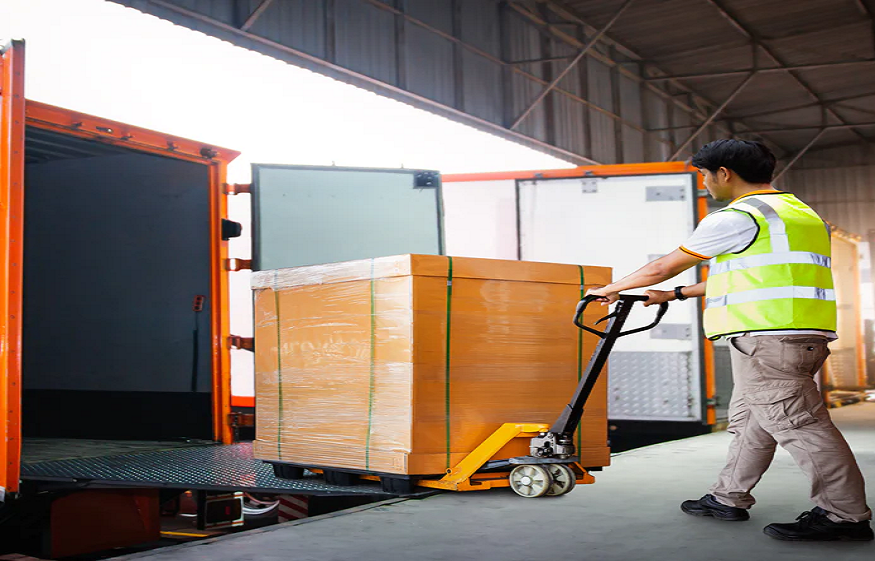Modern warehouse equipment can save you a lot of money in the long run. While this may have a significant upfront cost, the implementation has benefits in decreasing labor hours, less product loss due to damages and the opportunity for more scheduled downtime. Refined equipment cuts the job completion time required, being a way to the profit and revenue increase as it accelerates order delivery and processing.
Additionally, automating food processing reduces inventory mistakes and losses, which leads to better resources management. The warehousing equipment store the products with utmost precision, thus making it easy to audit inventory and maintain stock levels. Consequently, warehouses can achieve the ideal quantity of inventory, minimizing the chances of over-stocking or a stockout, both of which negatively impact a business’s financial position.Moreover, effective warehouse operations minimize returns and product complaints, consequently reducing customer service costs and increasing the Business’s profitability.
Improving Intricacyand Scalability
To keep up with fluctuating needs and states of demand, modern warehouses must be reactive, and responsive equipment is integral to the success of that responsiveness. State-of-the-art machinery enables facilities to scale operations up — or down — in accordance with the volume of goods being processed. An example is that based on the volume during peak seasons, more automated systems can be added to the outgoing work without the necessity for extensive hiring and management of the existing workforce. This flexibility is especially important for businesses that have seasonal demands. Additionally, most modern warehouse systems are modular. Such makes it customizable and expandable as business grows; new equipment can be easily integrated to the existing operation with minimum disruption. This level of scalability allows warehouses to remain effective and efficient, regardless of market conditions.
Streamline Inventory Management
One more major advantage of utilizing state-of-the-art warehouse equipment is the improvement in inventory management. Barcode scanners, radio frequency identification (RFID) systems, and real-time inventory tracking software ensure a high level of accuracy in operations for stock level tracking in a warehouse. This technology facilitates the efficient movement of goods within the warehouse, minimizing misplaced and incorrect inventory. This accurate information enables the overseers to efficiently decide when replenishment of stock and order fulfillment is necessary. And it also assists in predicting future inventory requirements so that the warehouse remains ready for any change in demand. This means manual inventory checks and corrections are reduced, freeing staff to focus on more strategic planning or continuous improvement initiatives.
Reducing Environmental Impact
The list of advantages goes beyond granting efficiency and safety, but also to minimize environmental impact with your modern warehouse equipment and processes. Automated systems, along with energy-conserving machines, ensure less energy wastage throughout the warehouse. For instance, LED lighting systems, energy-efficient HVAC systems, and low-emission equipment minimize the facility’s environmental impact. Additionally, this approach in warehouses encourages reducing waste and helps cut the demand for new infrastructure by optimizing their space and resource-utilization. This has been mandated by regulatory requirements and is a potential avenue for corporate reputation building for companies willing to invest resources into sustainable practices. With sustainability a rising business priority, investing in green warehouse equipment is a smart long-term play.
Creating an Environment of Ongoing Enhancement
An agile organization and a culture of continuous improvement is often born out of implementation of modern warehouse equipment from Team Systems. Data inputs are used to encourage employees as systems evolve to build knowledge as systems improve and technology changes. Such a culture empowers workers to look for ways to continuously improve processes and find opportunities for optimization. Real-time availability of performance data and analytics helps managers identify bottlenecks and take corrective action quickly. This cycle of continuous improvement leads to a more efficient, responsive, and resilient warehouse operation over time. Furthermore, it contributes to the organization’s competitiveness in an ever-evolving market, where agility and efficiency are of the utmost importance.

